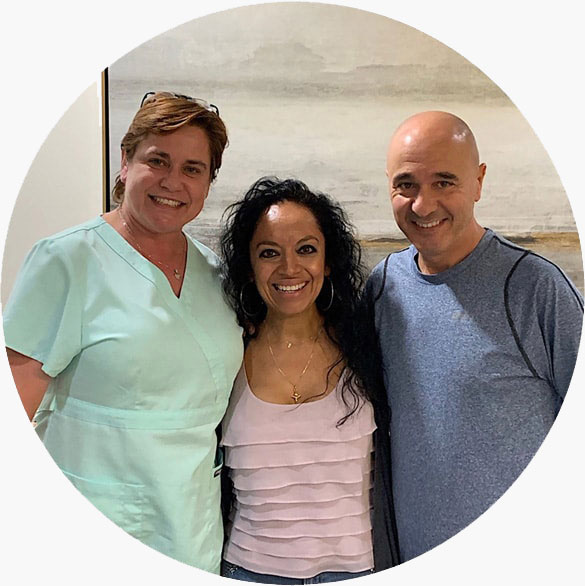PREVENTION
Average Risk Women
A baby girl born and raised in the Western hemisphere will have, on average, a 1 in 9 (12%) risk of developing breast cancer in her lifetime. The 12% average lifetime risk can be lowered with life style changes, but not much.
Risk reduction strategies
A. Breast-feeding
It is estimated that for every 6 months of lactation (breast feeding) there is a 1 percent reduction in breast cancer risk. Having said that, I have seen plenty of good Moms who breast-fed for literally years and still developed breast cancer. Maybe the cancer would have been worse if they had not breast-fed? I don’t know. Women can develop breast cancer while breast-feeding. One of my patients who was in this situation wept because she thought she had fed her baby cancer cells from her breast milk.
B. Normal BMI (Body Mass Index)
Estrogen, which is known to promote most breast cancers, is converted into its active form in fat. More fat = more active estrogen = slightly higher risk of breast cancer.
C. Minimize alcohol
High alcohol consumption is associated with a slightly higher risk of breast cancer. More that one ounce of alcohol a day is not good for you anyway, dah!
Early detection: Finding breast cancer in Stage 0, 1 or 2
Pre-early detection: Finding out you’re predisposed to breast cancer
High Risk Women
A woman is considered High Risk if her lifetime risk of developing breast cancer is greater than 20 percent (1 in 5) (see Risk Assessment).
Risk Reduction Strategies
A. Close Observation
Patients undergo mammogram and breast MRI once a year and breast examination in the office twice a year. In my practice, these patients are enrolled in a special High Risk Clinic where we keep track of them, send appointment reminders, etc. The concept is that if a woman were to develop breast cancer it would be detected early and treatment would likely be effective.
B. Chemoprevention
In this approach, patients take an oral medication such as Tamoxifen or Raloxifene, which interferes with cancer development. The pill doesn’t have to be taken forever. It is taken once a day for 5 years and it reduces the breast cancer risk by 50%. This risk reduction continues over one’s entire lifetime, even though the medication is only taken for 5 years.
If a patient is considering Option B, a Medical Oncologist with a special interest in cancer prevention is consulted. The Medical Oncologist counsels each patient about the risks and benefits of chemoprevention and screens patients for contraindications to the medication. Patients are monitored closely, every 3 months at first, for drug-related problems.
In addition, patients receiving chemoprevention are observed closely in the High Risk Clinic. They receive a breast exam every six months and a mammogram and breast MRI every 12 months as described above.
C. Prophylactic Mastectomy With or Without Reconstruction
Bilateral total mastectomy reduces the risk of breast cancer by 98-99% (you can’t guarantee anything 100%). Put another way, the risk of breast cancer is reduced from 20% (high risk women) to 80% (BRCA mutation carriers) down to 1%.
When the BRCA genes were described in the 1990s and women began to undergo prophylactic (preventative) mastectomies, the entire breast, including all of the skin and the nipple-areolar complex were removed (see Total Mastectomy). Now surgeons remove the breast tissue inside the skin but leave the skin and nipple-areolar complex (see Skin and Nipple Sparing Mastectomy). Reconstruction is almost always done immediately with either implants or the patient’s own fat (see Breast Reconstruction).
My colleagues and I have performed thousands of these surgeries and our cosmetic outcomes just keep getting better and better (see Gallery). Today reconstructed breasts almost always look better than the original ones. There have been several occasions when I performed a yearly breast examination on one of my prophylactic patients and had to do a double take when I realized the tissue I was feeling was an implant or fat and not breast tissue. The final result after prophylactic mastectomy and reconstruction can look and feel so real they can even fool an “expert”.

Vanessa, pictured here with her husband and Dr. Miltenburg, cared for her mother and grandmother when they had breast cancer until eventually they both died of their disease. Vanessa did not want to succumb to the same fate. So she had bilateral mastectomy and reconstruction. This photo was taken 6 months after surgery.
Vanessa said that the day her breasts were removed was the best day of her life.
